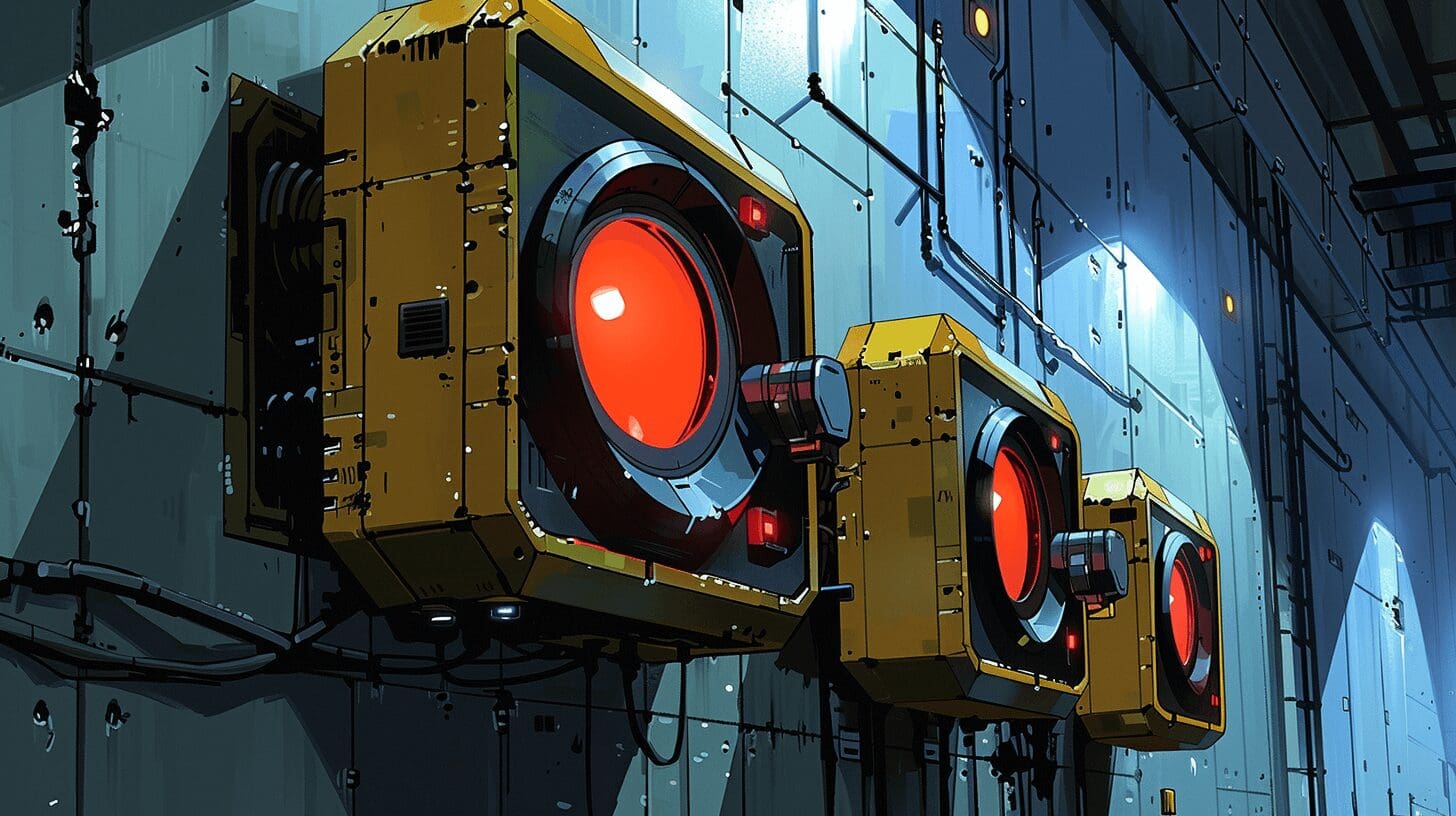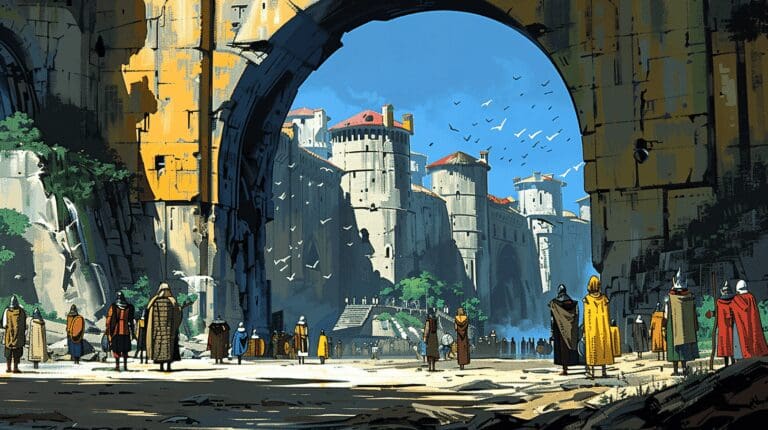In the digital era, where visual content reigns supreme, the Graphics Processing Unit (GPU) emerges as a pivotal piece of technology, powering everything from the most immersive video games to groundbreaking artificial intelligence (AI) research. But what exactly is a GPU, and why has it become such a critical component in both personal computing and advanced scientific research? This guide dives deep into the world of GPUs, exploring their functions, applications, and their intriguing relationship with AI.
What is a GPU?
The Heart of Visual Computing
A GPU is a specialized electronic circuit designed to rapidly manipulate and alter memory to accelerate the creation of images in a frame buffer intended for output to a display device. Initially, GPUs were coined as graphics accelerators, focused purely on rendering images, video, and animations. Unlike the Central Processing Unit (CPU), which is designed to handle a wide range of computing tasks, GPUs are built around thousands of smaller, more efficient cores designed for multitasking and handling multiple calculations simultaneously. This architecture makes them exceptionally efficient at processing large blocks of data in parallel, a feature that is pivotal for rendering graphics and performing complex mathematical calculations.
Do I Need a GPU?
Beyond Just Gaming
While GPUs are synonymous with gaming, their utility spans much broader. The need for a GPU largely depends on your computing tasks:
- Gaming: For modern video gaming, a powerful GPU is non-negotiable. It ensures smooth frame rates, high resolution, and detailed textures.
- Creative Work: Professionals in video editing, 3D modeling, and graphic design benefit immensely from GPUs, which can significantly shorten render times and improve software responsiveness.
- General Use and Streaming: For everyday tasks like web browsing, streaming video content, and office applications, integrated graphics — GPU capabilities built into the CPU — are often sufficient.
- Data Science and Machine Learning: Complex data processing tasks and machine learning models require the parallel processing power of GPUs to reduce computation times from days to hours or even minutes.
What Can a GPU Do?
A Multifaceted Powerhouse
GPUs are versatile, and their application extends beyond rendering graphics:
- Video Rendering and Editing: By offloading tasks from the CPU to the GPU, video editing software can render effects and transitions much faster, enhancing workflow efficiency.
- Simulation and Modeling: Scientific simulations, such as weather forecasting and molecular modeling, leverage GPU acceleration for faster computation of complex mathematical models.
- Cryptocurrency Mining: The parallel processing capabilities of GPUs make them ideal for mining cryptocurrencies, which involves solving complex cryptographic equations.
The Connection Between AI and GPUs
Accelerating the Future
The relationship between AI and GPUs is profound. AI, particularly deep learning, requires processing vast datasets and performing millions of calculations, tasks that are inherently parallel in nature. GPUs, with their parallel processing capabilities, significantly reduce the time required for training AI models. This synergy has not only accelerated AI research but also made it more accessible.
- Deep Learning and Neural Networks: Training deep neural networks, the backbone of most modern AI systems, is computationally intensive. GPUs can perform these calculations faster and more efficiently than traditional CPUs.
- Edge Computing: As AI moves closer to the end-user in devices like smartphones and IoT devices, GPUs are being optimized for low power consumption without compromising on processing power, enabling smarter, AI-powered devices.
- AI Research and Development: The speedup provided by GPUs has enabled more complex and nuanced AI models, pushing the boundaries of what’s possible in fields such as natural language processing, autonomous vehicles, and predictive analytics.
In conclusion, the GPU has evolved from a niche component dedicated to gaming into a cornerstone of modern computing, driving advancements in various fields. Whether you’re a gamer, a creative professional, or an AI researcher, understanding the capabilities and applications of GPUs can help you make informed decisions about your computing needs and unlock new potentials in your work or play. The marriage of AI and GPU technology, in particular, heralds a new era of innovation and exploration, making it an exciting time to be at the intersection of computing and creativity.
Check out the Best GPUs on Amazon. *As an Amazon Associate I earn from qualifying purchases.

